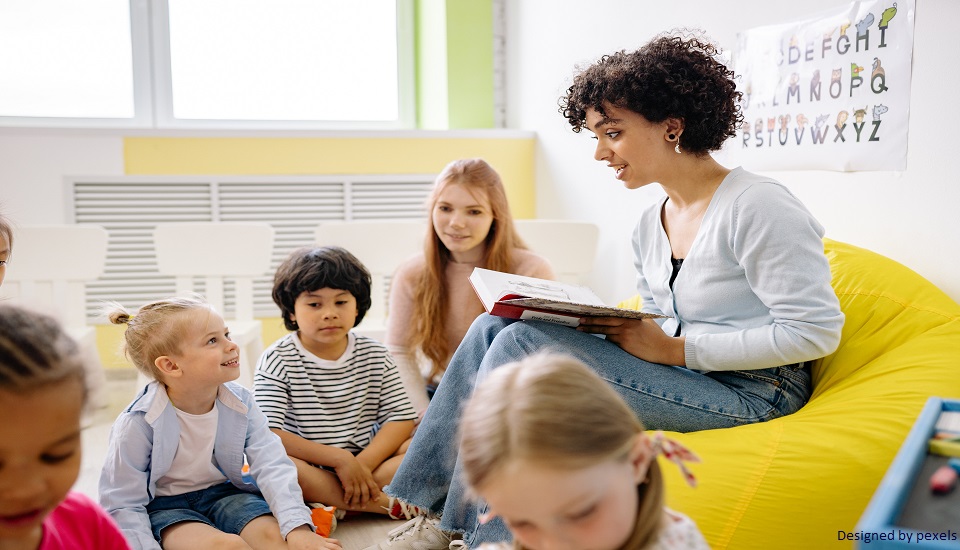Effective Ways Of Teaching Number Skills To Students With Special Needs
23rd November 2022

From an early age, students who go through learning disabilities, ADHD, and Autism generally face a hard time learning anything, let alone a subject like math. They face problems remembering the count of numbers, counting them, and having a proper understanding of concepts of math.
Special children with learning disabilities have a tough time conceptualizing maths and other subjects as well. For example- They can memorize the table by will, but they won’t be able to apply the application of numbers in real life. Like- 2 multiplied by 3 equals 6 they can tell, but if you give 2 packets of pens and each packet contains 3 pens, then the total no. of pen is 6 but they will not be able to understand it’s the same concept.
To handle children those who are dealing with learning disabilities, we need special education needs(SEN) teachers. They are capable to understand the learning difficulties or behavioural problems of those students who are suffering from ADHD, learning disabilities, Autism, Dyslexia, etc., and take the right actions to help those students to progress in their educational careers and in life as well.
Teaching Number Skills To Students With Special Needs
Now, let’s get to know in detail how you as a Special Teacher can help special children with learning disabilities to learn and understands concepts better of math and numbers:
1. Use of Multi-sensory learning while counting:
Students who are special children with learning disabilities can’t be taught in a verbal and theoretical way. If you want to be an effective teacher then you must find a way where they have to use their visual and physical senses to learn, so that they can understand the concepts better.
You can make them practice counting any objects, which are present in the classroom, which are also called manipulatives, like- blocks, no. of students present in class, popsicle sticks, chairs, tables, fruits, etc.
You can make them understand counting through their fingers as well or from the nearby environment of school like- no. of cars, trees, no. of steps they took to enter the school, etc.
Rather than jumping on textbook exercises, counting real-life objects that they can see and feel can actually make them understand the concept of counting.
2. Using Touch Math Technique:
The touching Math technique is very effective for students with a learning disability because it’s a visual-based learning method. This method will change the perception of special children with learning disabilities looking at numbers as manipulatives.
Every kid likes patterns and specific rules or routines, especially specially-abled children. Touch Math technique makes each number into manipulatives, which makes learning fun and interactive, and most importantly it makes it real for the students.
Each number has its own touch point associated with the number from 1 to 9. Students should learn the numbers in sequence, by seeing the number and by touching the touch point simultaneously and saying it aloud all the numbers also help to learn the numbers.
You can also make learning more fun by coloring the touch point for every number with different colors. Students will remember all the numbers if they associate each number with different colors and touch points.
3. Numeric connections with real-life activities:
Make students realize that math and numbers are everywhere around them. Always try to create relevancy of numbers and maths with every environment object as possible. For example
- Give them the task of counting their steps from one classroom to other.
- Count the chair or tables in the classroom.
- Make them identify the shape of an object by giving them blocks or other manipulative objects.
- Make them understand by giving them a group of pencils. Like- 2 pencils added with 3 pencils how much it will be? On the other hand, give them 3 boxes of pencils and each box contains 5 pencils, how much it will be?
- Give them a task of counting how many red lights and green lights they have encountered while going home and tell you the result the next day.
4. Help Them To Master the Number Skills:
It will come to you naturally while you’re dealing with special children with learning disabilities to appreciate all the effort they’re putting in. They might be counting the numbers right but forget 1 or 2 numbers or while they are saying the time table of 5 but made a few mistakes in it and as a teacher, you appreciate their effort.
This approach will not help them to grow, instead of this make them realize it’s okay to make mistakes but we will work on them and improve them.
In addition, you always give more exercises to them, because the more they practice, the more they get better at it.
Final Thoughts
Dealing with and understanding the problems that special children with learning disabilities is not an easy task. Teachers who have done specialized courses on learning disabilities can only handle these students with the proper care and affection that they need.
As a teacher, you must know and make students also understand that in the end mathematics is also a language. Numbers, geometric figures, addition, subtraction, multiplication, and division are everywhere around us.
The teacher’s job is to make maths and numbers relevant to students' daily life routines and give those exercises or homework related to counting, addition, multiplication, and other topics of maths. Also, make the lessons fun and interactive so that students don’t get their attention diverted.
If you’re an aspiring Special Education needs teacher, then we suggest our learning disabilities courses for teachers, which will surely help you to become a better teacher in the future.








